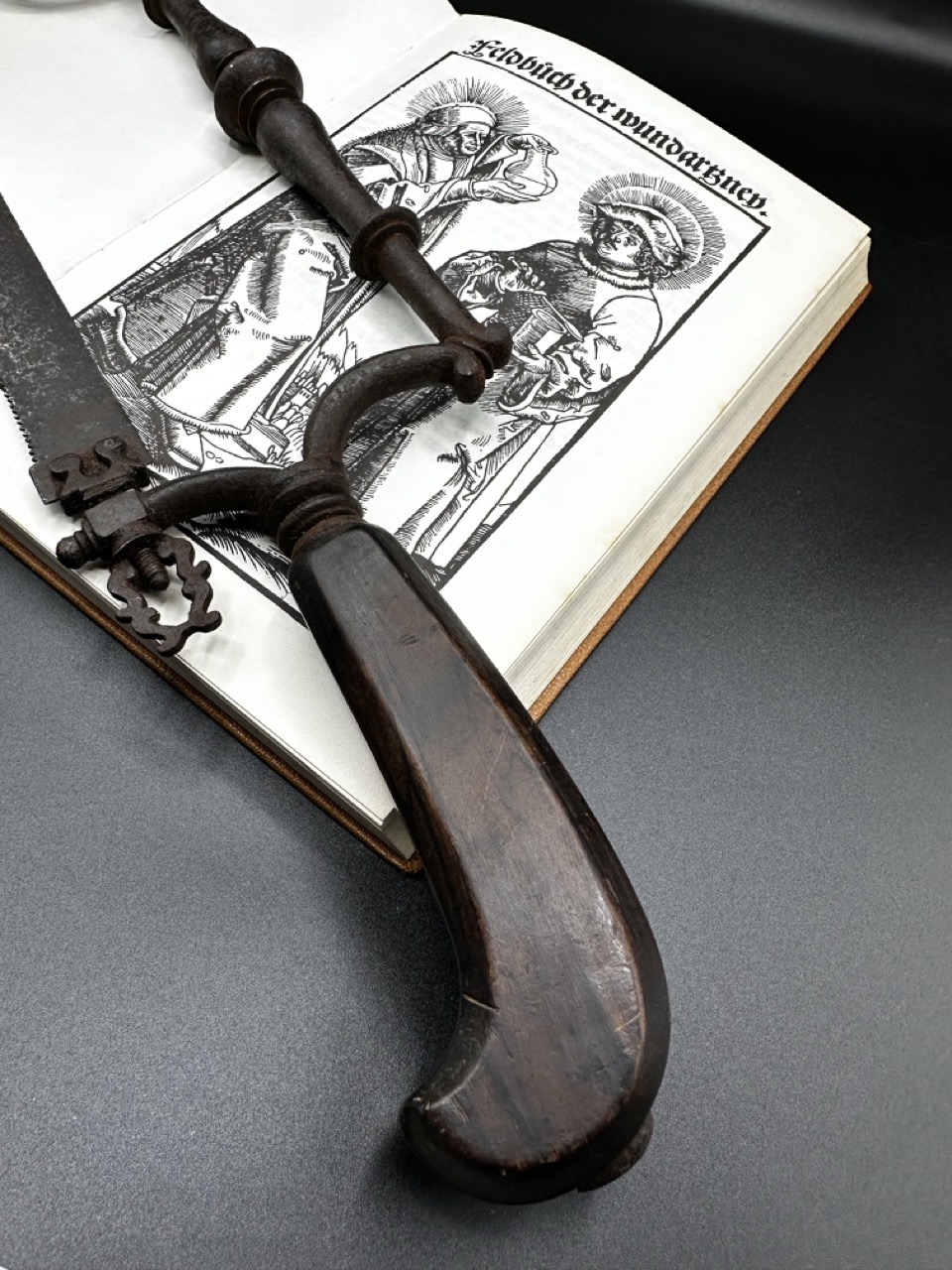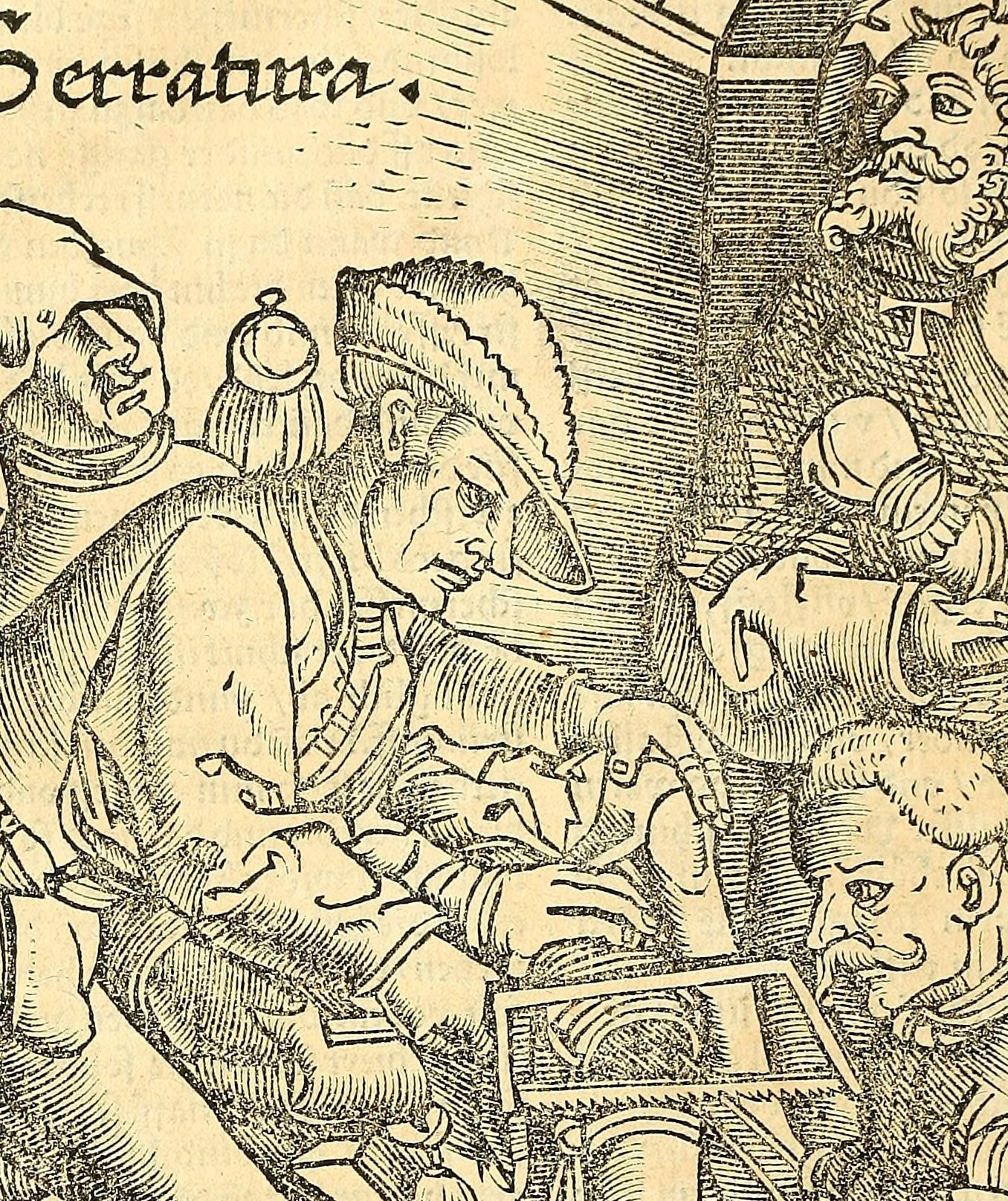Search results5 results
LIBRARY

Germany, 16 C.
Gersdorff, Hans von
Hans von Gersdorff (ca. 1455-1529), Feldtbuch der Wundtartzney (German: "Field Book of Wound Medicine).
GALLERY

Italy, 15 C. & before
da Vinci, Leonardo
Governo e cura degli infermi – The Care of the Sick or The Care and Governance of the Infirm is undoubtedly one of the most famous and oldest depictions of the hospital activities in the world. The fresco is one of six painted by the artist from Siena, Domenico di Bartolo (ca. 1400- ca. 1447). Studying this work will not only reproduce some of the hospital's rooms, but also give an insight into its daily life, which from the early fourteenth century was governed by strict statutes. In the middle there are the Rector and the oblats of the hospital. A surgeon is ready to perform wound care manipulation. To the left, representing physical medicine a carer places a patient on a stretcher, while two physicians discuss the results of an uroscopy. Below, in the centre, a servant washes a young man wounded in the thigh, preparing him for surgery. At right, on the other side, a monk confesses a sick man while two orderlies carry into the room a stretcher.
PEOPLE

Hans von Gersdorff (1455-1529) was a German surgeon and medical writer who lived during the 15th and early 16th centuries. He is best known for his military surgical experience and his influential medical manual, the Feldtbuch der Wundarzney (Field Book of Wound Medicine), which became one of the most widely used surgical textbooks in medieval Europe. His work played a crucial role in shaping the field of surgery, particularly in the treatment of battlefield injuries, amputations, and wound care.
MUSEUM

Switzerland, Basel
The Pharmacy Museum of the University of Basel (Pharmaziemuseum Universität Basel) is one of the largest and most important collections of historical pharmaceutical artifacts in the world, the only one of its kind in Switzerland. Its collection includes apothecary ceramics, fully preserved apothecary furniture, an alchemical laboratory, mortars, traveling apothecaries and surgical instruments, medical books, historical medicines and devices related to drug production. Museum is located in the heart of Basel's old town in the Zum Vorderen Sessel building, first mentioned in 1316. Over time, it has hosted notable figures such as Johann Amerbach, Johann Frobenius, Erasmus of Rotterdam, and Hans Holbein the Younger. In 1526-1527, the renowned Theophrastus von Hohenheim (Paracelsius) worked here, and his famulus Johannes Oporinus who later published Andreas Vesalius' groundbreaking anatomy book De fabrica corporis humani as well as works of Paracelsius.
Articles

Wax anatomical models designed to train physicians and educate the public were once innovative educational teaching aids. Some world-class museums including La Specola in Pisa, Josephinum in Vienna, Palazzo Poggi in Bologna, Science Museum in London, Semmelweis Museum in Budapest, Muséum national d'Histoire naturelle in Paris are proud of their collections. This amazing craft, combining art and science, anatomy and chemistry, practical skill and theoretical knowledge, which stood at the forefront of innovation in the 17th and 18th centuries, originated and flourished in Northern Italy